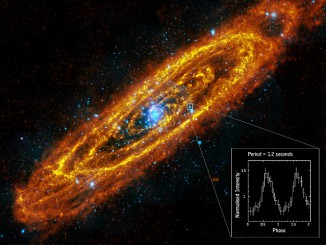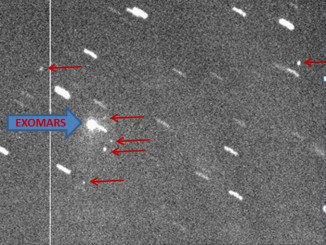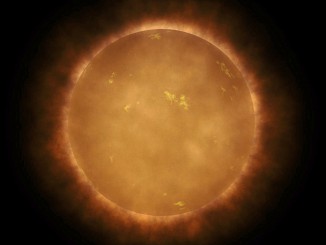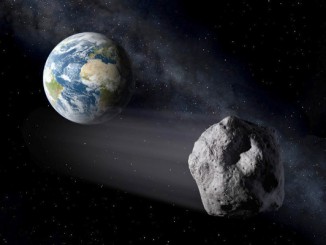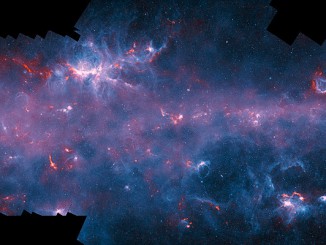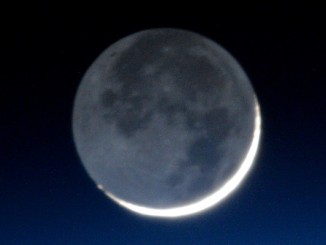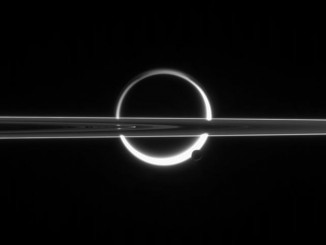
Saturn’s past and present moons
Saturn’s beautiful rings form a striking feature, cutting across this image of two of the planet’s most intriguing moons: Titan (diameter, 3,200 miles) and Enceladus (313 miles). The rings have been a source of mystery since their discovery in 1610 by Galileo Galilei, but there is not full agreement on how they formed.

